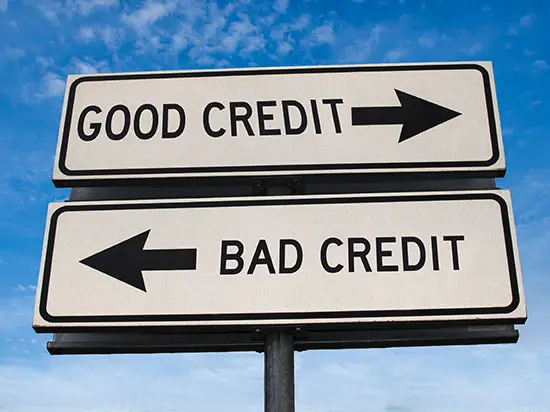What is Good Credit?

We all know that having 'Good Credit' is important to obtaining the best financing options, but do we really understand what that means and what kind of a difference it can make? Having good credit will almost always result in lower payments, but how much lower?
Having Good Credit Can Save You Thousands
The definition of good credit has changed significantly over the past two decades. Changes in the economy have lead to a change in our perception of money, and in turn, our spending habits. We now live in a day and age where we no longer see our funds leave our possession. Today we make payments via e-mail, debit transactions, automatic withdrawals, and of course, credit cards. Money is no longer perceived as a tool to maintain and better our lives, it is simply a number we see displayed on the screen at the ATM when we check our balances.
With the convenience of electronic commerce, it's easy to apply this view to our credit card limits when we understand how credit cards work. However, be warned. A credit limit is simply a loan. Of course, once any of this limit is used for purchases, it must be paid back. Many consumers may not think of it this way when they use the credit line. This leads to many people becoming overextended and finding it harder and harder to keep up. In turn they begin to miss payments, pay less than the minimum requirements, or worst of all, file for bankruptcy.
Twenty years ago, creditors really had only two levels of credit: one for those with "A" credit, and the other for everyone else. Those consumers who had "A" credit (in essence, perfect credit) received all the offers, and everyone else simply dealt with not having credit cards and not qualifying for many types of financing. Since then, creditors have extended too much credit, which has lead to consumers' current perception of money and, therefore, their difficulties in repaying their debt. Today, 70% of American consumers have less than ideal credit. This means that fewer applicants meet original creditor guidelines for lending, forcing them to reassess the way they lend.
As a result of all of this, creditors have changed the system they use to judge credit worthiness. Instead of just two classifications, they now divide credit applicants into several different levels (A, B, C and even D credit). The applicants with the best credit ("A") receive better (lower) interest rates. As the consumer's rating decreases, their interest rates increase. Consumers with a "D" credit rating can still receive financing, but the interest rates of such financing are simply mind-boggling. It is not uncommon to see interest rates as high as 29% (we have seen higher). Let's do the math. For the purposes of this example, we will use the following statistics:
- Consumer 1: "A" credit, 12% interest, $2,500 balance
- Consumer 2: "D" credit, 29% interest, $2,500 balance
- Each consumer pays the minimum payment due (3% of balance)
Consumer 1 would pay back approximately $3,500 over the course of eight and one-half years. Consumer 2, however, would pay back close to $9,225 over the course of 21 years. While Consumer 1 would only pay $1,000 in interest, Consumer 2 would pay back over $6,725 in interest charges on top of the principal. That is a high price to pay.
Since damaged credit will cost you more in the long run, it is a good idea to try to keep your credit rating as high as it can be. If you want to have good credit, then you need to use it wisely. Pay the balances in full every month, or if you are unable to, pay substantially more than the minimum monthly payment on your credit card. At the very least be sure to pay the minimum due and always pay your bills on time. Late payments could cause late fees, raised interest rates and can hinder your chances of receiving future financing. Another issue that can affect your ability to qualify for financing has to do with the creditor with whom you have your accounts. Lenders know who is a "D" lender and who is an "A" lender. If you have accounts with "D" lenders, not only are you paying astronomical interest rates, you may also be compromising your ability to qualify for better types of financing with lower rates. It's best to maintain accounts with "A" lenders (with lower interest rates) and avoid "C" and "D" lenders (with high interest rates).
Start treating money like money, and credit like credit. Use funds that you have before you start using credit. And when you need to apply for credit, or want to establish good credit, be sure to do it wisely. Apply for credit cards with the lowest possible annual fees and interest rates. Be wary of low introductory rates - they usually rise considerably after the first three to six months. Following these tips can help you keep your credit in good shape and pave the road to a better tomorrow.
